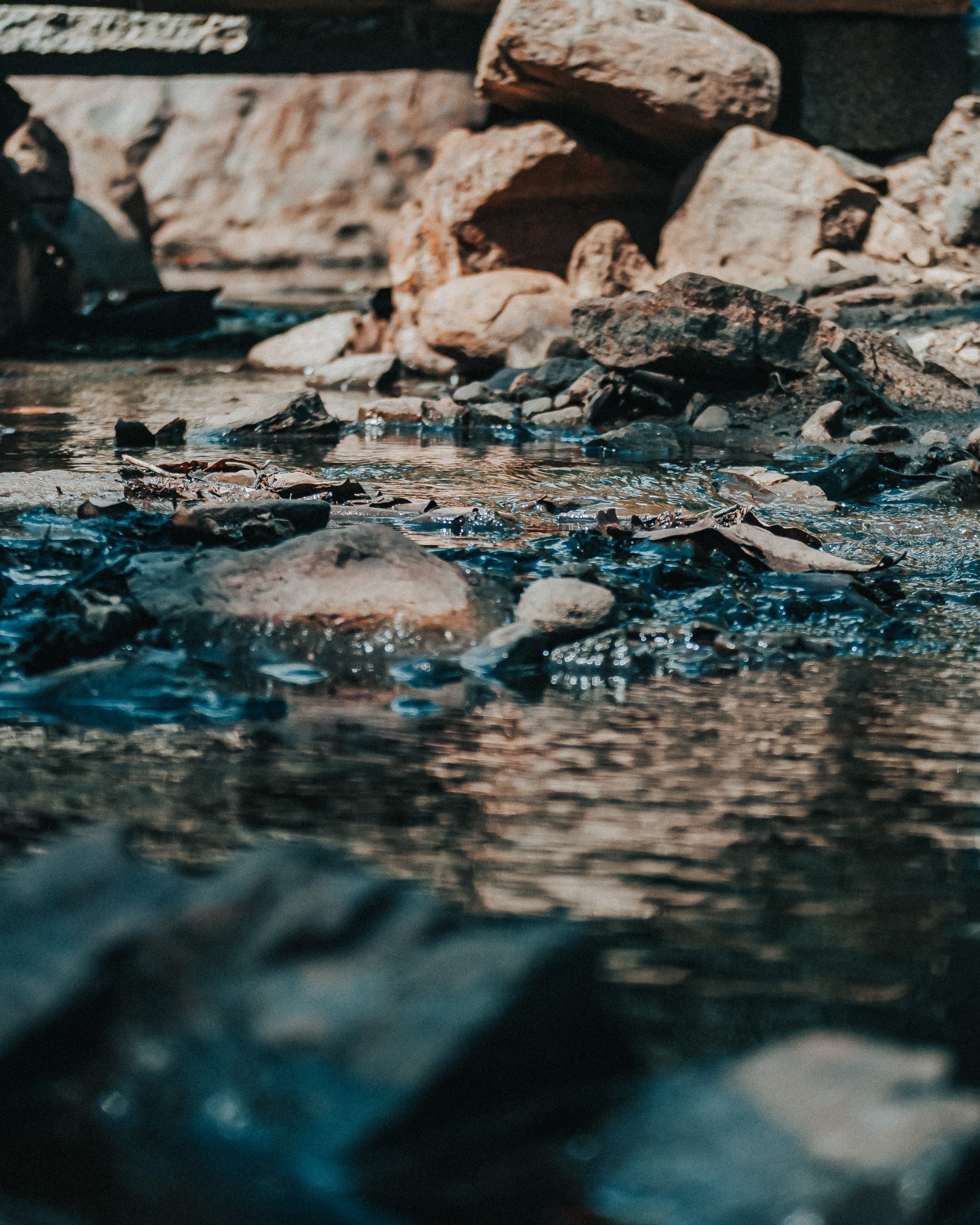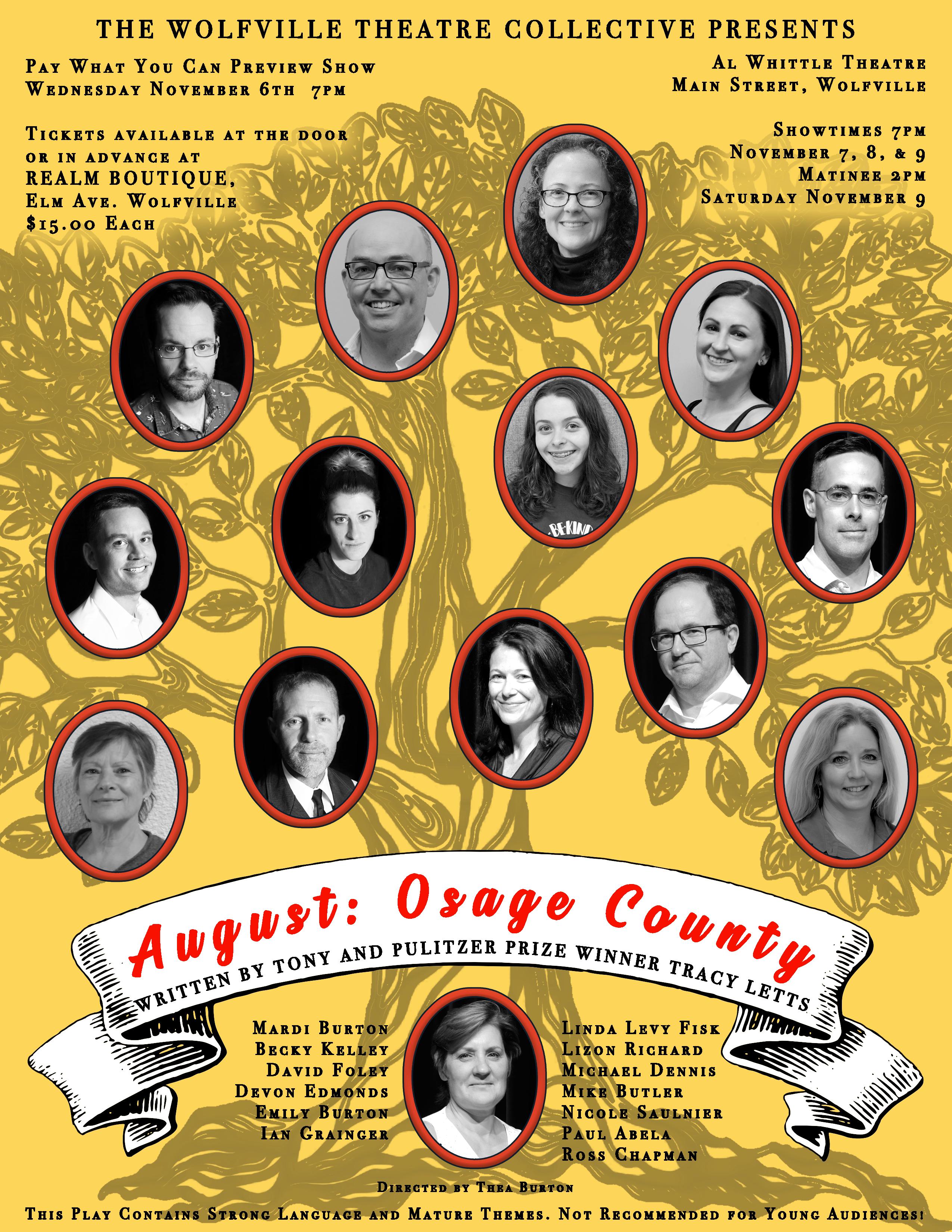Everyday it seems that there are heartbreaking instances in the news of disasters that are driven by climate change. Disasters that claim millions of dollars in infrastructure damages and the loss of animal and human life. The environment is succumbing to the man-made turmoil that has been wailing on the earth for quite some time. However, dangers in the environment do not affect us all the same. According to Robert Bullard (also referred to as the ‘Father of environmental justice’) environmental racism is “the term used to describe environmental injustice that occurs in practice and in policy within a racialized context”. Indigenous communities across Canada suffer from instances of environmental racism, racism that is structurally embedded into policy and enforced by local and federal politicians. These acts of racialized environmental violence are often hidden, so how do we learn about them and what can we do? Here are some accessible resources that can help you learn more about environmental racism and the true scope of the problem:
There’s Something in the Water: Environmental Racism in Indigenous and Black Communities by Ingrid R.G. Waldron outlines instances of environmental racism in an analysis of racist policy, particularly in Atlantic provinces. Waldron discusses neo-liberalism’s role in what she refers to as the “slow death” of Indigenous folks. The “slow deaths” that she mentions are referencing the systemically unjust and racialized policies in criminal justice, loan and borrowing procedures, as well as the education system. Waldron also challenges the popular philosophy “a rising tide lifts all boats”, citing the importance of acknowledging the intersections that occur in environmental racism. She suggests that in order to remedy the problem, specific policies that clearly target specific groups need to be analyzed and overhauled.
The book discusses the communities of Pictou Landing First Nation, Sipekne’katik Band of the Mi’kmaw First Nation, Eskasoni First Nation, Acadia First Nation, and Millbrook First Nation, as well as Indigenous communities in other Canadian provinces. These communities suffered from contaminated drinking water, polluted air, dumping site on their land, and much more. These environmental hazards are dangerous and have negative health risks and complications, including cancer. There are many other examples of environmental racism affecting Indigenous communities across the country and in other parts of the world.
The Global Atlas of Environmental Justice (https://ejatlas.org/) is an excellent resource for investigating the many instances of environmental racism that affects Indigenous populations around the world. The Atlas is an interactive map that details 3039 examples of global environmental injustice, with a legend that classifies examples into 10 categories including nuclear, waste management, water management, industrial and utilities conflicts, and fossil fuels/energy. For those who may struggle with grappling the scope of the issue, The Global Atlas of Environmental Justice is an impactful visual method that clearly illustrates the severity of the problem.
Another example of a visual medium that depicts a Canadian example of environmental racism against Indigenous peoples is a short documentary called “Canada’s Toxic Chemical Valley” (https://www.youtube.com/watch?v=UnHWZE0M_-k). This documentary focuses on the Aamjiwnaang First Nation community in Sarnia, Ontario. There are more than 60 refineries and chemical plants in Sarnia and 40% of Canada’s entire chemical industry can be found there. Sarnia is also home to Canada’s most polluted air. In January of 2013, there was a hydrogen sulfide leak from a Shell refinery in Sarnia. Workers at the local daycare noticed a “rotten-egg” smell in the air and called and reported the leak. Children were hospitalized, but Shell did not adequately alert the community, as a result the children were diagnosed with simply having colds or flus. Having experienced the air pollution firsthand, the local children made up the rhyme “the more clouds in the sky, the more people will die”.
Environmental racism clearly affects Indigenous populations in Canada and globally. The effects of environmental racism are documented across different media platforms. There’s Something in the Water by Ingrid Waldon, The Global Atlas of Environmental Justice, and the short documentary “Canada’s Toxic Chemical Valley” only begin to scrape the surface of instances of environmental racism against Indigenous folks. I encourage everyone to check out those resources as a starting point, and to continue to research environmental racism and educate the people around them.
Note: This article was produced for our Black and Indigenous print edition from March 2020. The edition was postponed due to COVID-19 and is just being released now.





